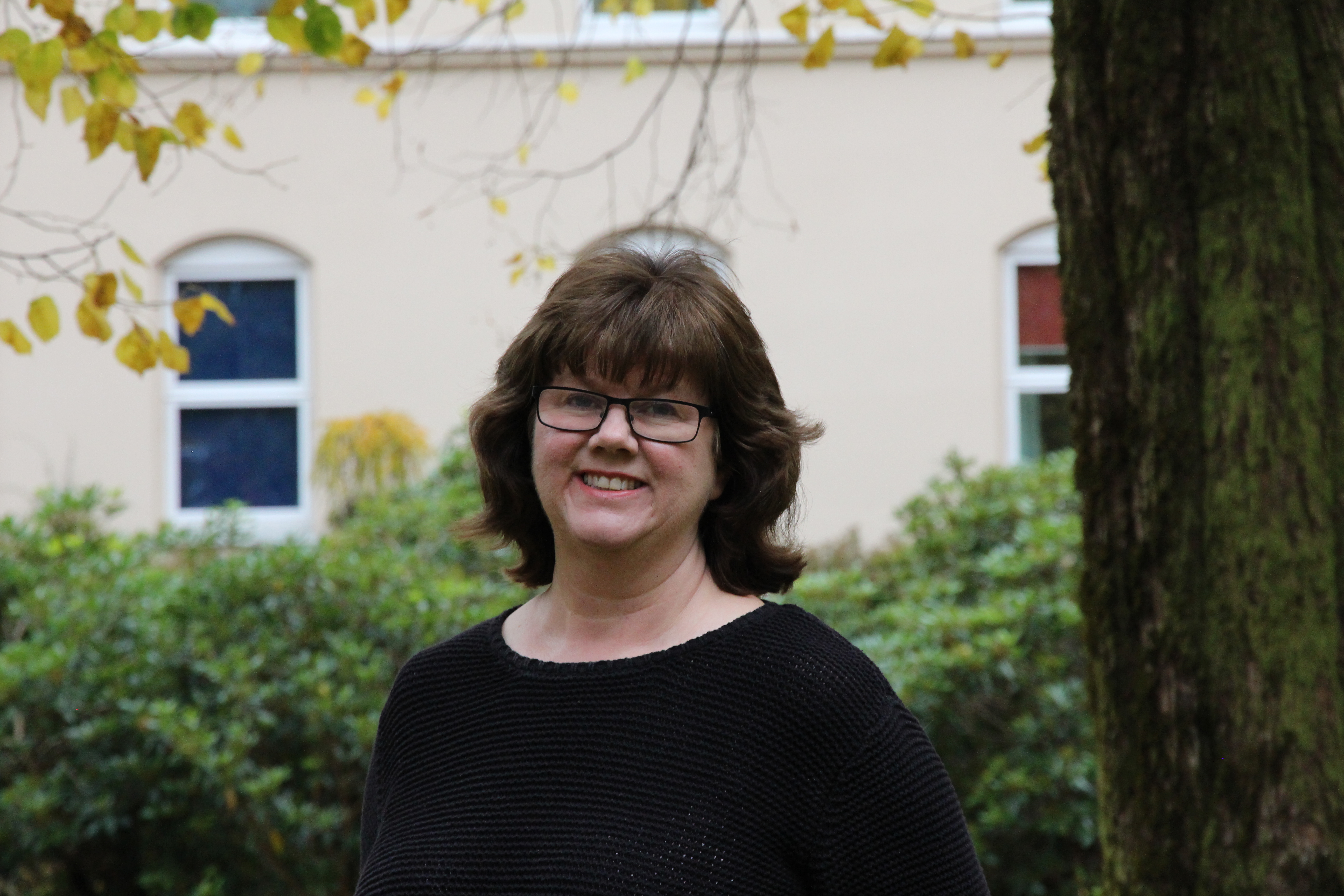
Patient-reported Outcomes and Patient Safety in acute and/or critical illness (POPS)
The purpose of the research group POPS is to gain new knowledge to improve the quality of nursing care in the acute and/or critically ill patients, more specifically to intensive care patients and patients pre-, intra- and post-surgery.
Quality in this context means better patient and next of kin experiences (Patient-Reported Outcomes) and better patient safety through caring and safe health services. The research projects include topics related to the acute and/or critically ill patients of all ages having preventive, curative, palliative, promotional and rehabilitative needs for nursing care.
The research groups POPS is associated with the Master program in Anesthesia Nursing, Operation Theatre Nursing and Critical Care Nursing, and will be an arena where master and Ph.D. students can discuss their master projects with group members, external partners and international collaborators.
Ongoing research projects
- Patients’ experiences of self-care after day surgery
- Women’s coping with breast cancer surgery
- A long-term follow-up study in patients treated for cleft lip and palate
- Development and implementation of Patient Safety Checklists (PASC) before, during and after in-hospital surgery
- Follow-up after critical illness and intensive care. A qualitative study of the experiences from the perspectives of patients, their next of kin and intensive care nurses
- Family members’ experiences of receiving a diary after the patient has died in an ICU
- Return to work after cardiac surgery
- Posttraumatic stress symptoms and quality of life after traumatic events and violence
- Pain assessment and treatment in ICU patients. Safe Pain Management in Acute Care (SAPA)
- Parent experience of burn injury in their child and perceived need for support during hospitalization at a burn care centre
- Adaptation and validation of a Norwegian version of the Intensive Care Delirium Screening Checklist (ICDSC) in a burn centre
- The experiences of diaries in a burn unit from the perspective of patients and nurses
- Burn patients’ experience of risk when using flammable liquids in the household
- Simulation training at simulation laboratories. How to improve patient safety through team training
- Risk factors for contamination by infectious agents during surgery.
- Hybrid curriculum in patient safety for master students in nursing
Research group leader
Members
- Asgjerd Litlere Moi
- Grethe Dåvøy
- Petrin Eide
- Hege Emilie Flakne
- Anny Norlemann Holme
- Venke A. Johansen
- Tone Johnsgaard
- Reidun Karin Norheim Myhre Sandvik
- Ann-Cathrin Melby
- Dag Gunnar Brekke
- Cathrine Ween Thoen
- Henriette Bakke Pedersen
- Heidi Øksnes Markussen
- Tove Eilin Klakegg
- Kristin Harris
- Siri Anett Daltveit
- Shamini Murugesh
- Thomas Børilden Ytredal
- Knut Nesheim
- Anette Storesund
- Stine Flinterud
Associated members
PhD Students
- Michael André Helnes Mortensen
-
Cathrine Ween Thoen
External members
- Kristin I Naustdal, Haukeland universitetssykehus
- Sidsel Ellingsen, VID vitenskapelige høyskole
- Eva Gjengedal, Universitetet i Bergen and Høgskolen i Molde
- Anne Mette Koch, Haukeland universitetssykehus
- Anette Storesund, Haukeland universitetssykehus
- Lillian Svensen, Haukeland universitetssykehus
- Hilde Valen Wæhle, Haukeland universitetssykehus
International Partners
- Pia Dreyer, RN, PhD, Universitetet i Århus, Denmark
- Alette de Jong PhD, RN, Burn Center, Red Cross Hospital, Beverwijk, the Netherlands
- Rachel Kornhaber PhD, MN Grad Dip (burns), RN, BN, University of Tasmania, Australia
- Claire Malette, PhD, RN, York University, Ontario, Canada
- Judith Tanner, Professor in Adult Nursing, Faculty of Medicine & Health Sciences, University of Nottingham, UK

